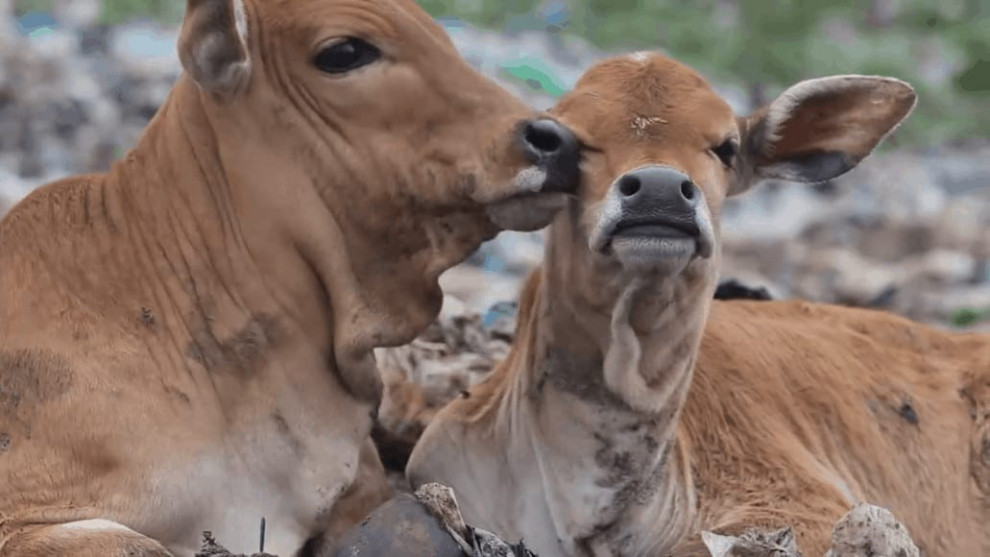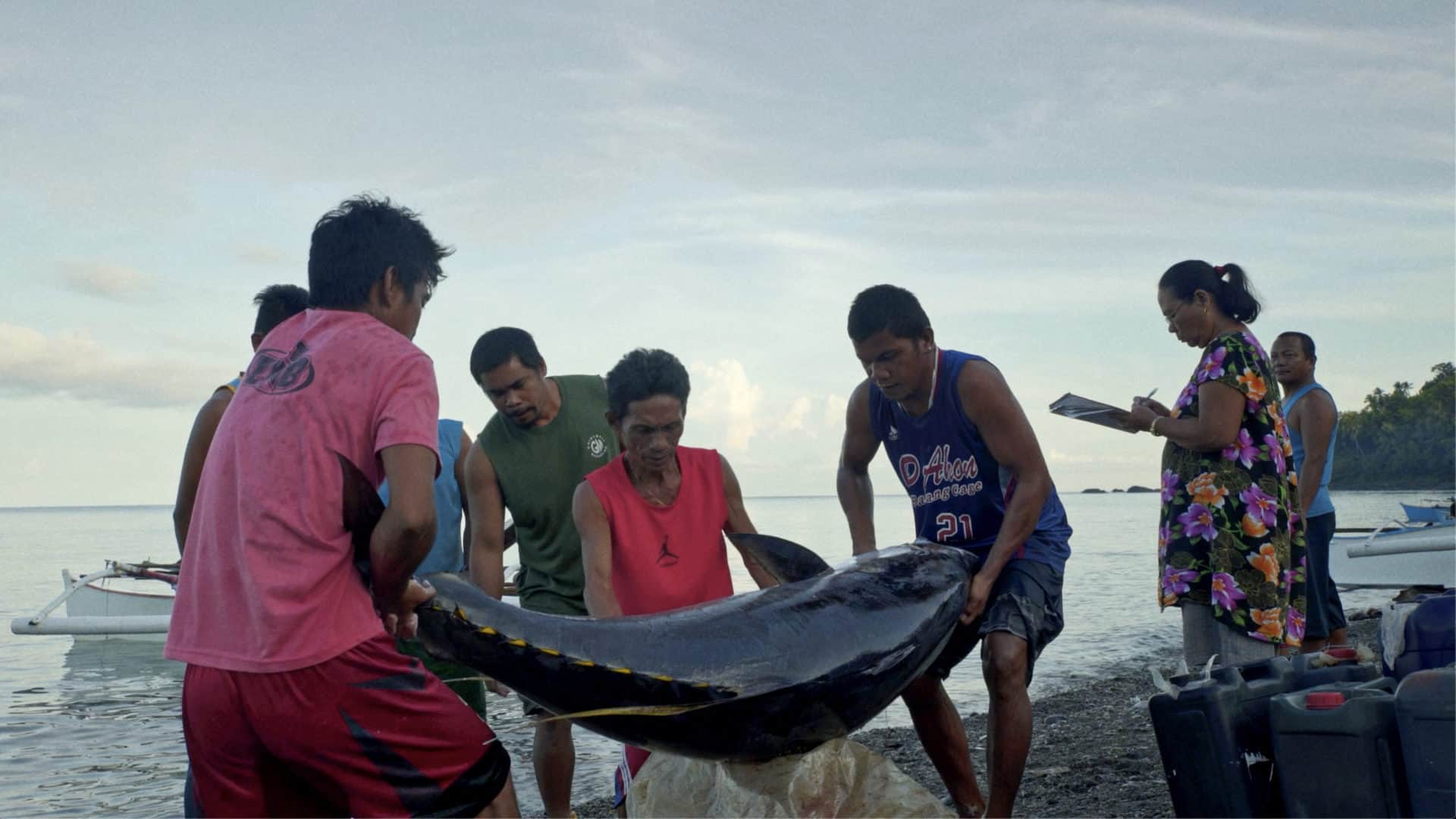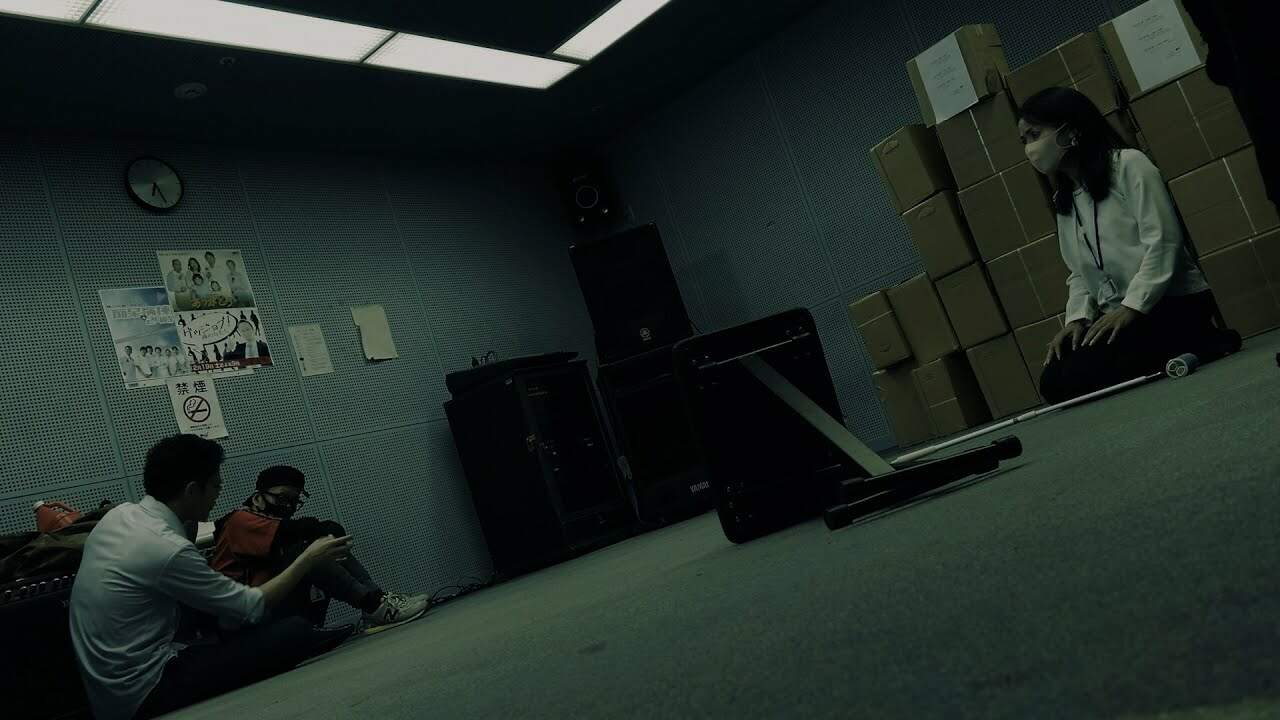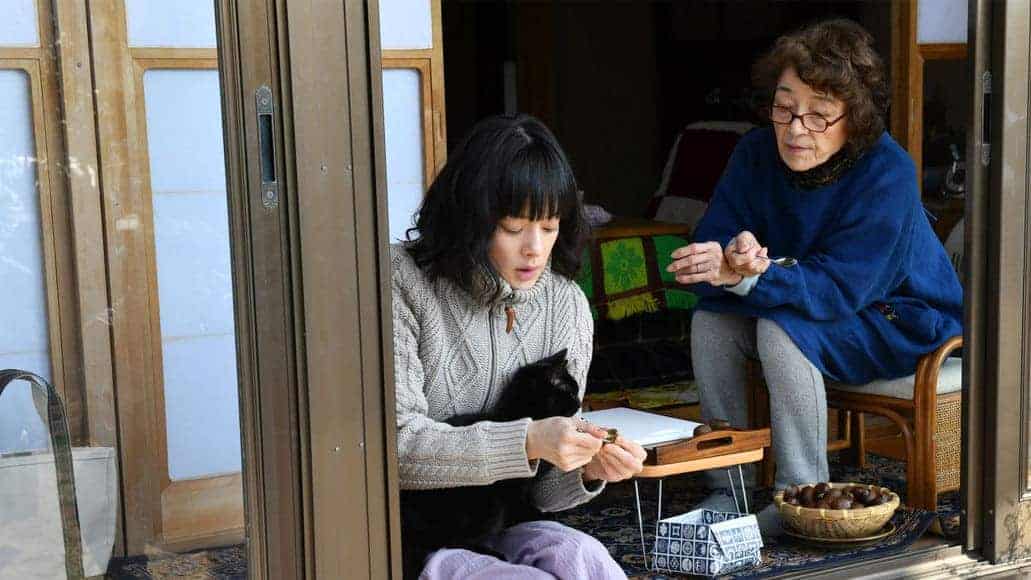Perhaps one of the greatest, bleakest paradoxes of our time has to do with our resources. While our planet has been abused and robbed of its resources, leading to a great shortage of those as well as global inequalities of distribution, the piles of waste have increased in size. Although there are many more examples, one of the most devastating images is the Great Pacific Garbage Patch, a collection of floating trash – mostly plastic rubbish – of huge proportions. Not only does it pollute the ocean resulting in the death of plant life, it also gets into the stomach of birds and fishes poisoning them, and eventually reaching our stomachs too. This cycle of pollution and waste displays how, ironically, our exploitation of the planet will ultimately result in our corruption and demise.
“Dairy of Cattle” is screening at Sheffield Doc/Fest

On the surface, this cycle is at the core of the Indonesian documentary short “Diary of Cattle, directed by Lidia Afrilita and David Darmadi. Both live in West Sumatera (West Sumatra). The area defined by a rich flora an fauna as well as agriculture among other aspects is also the place where you find the Aie Dingin Landfill Site, the setting of their film. In the midst of the huge masses of garbage, you find various animals, most significantly cattle, which use the ground as their pasture. Showing one day in the life of these animals, “Diary of Cattle” demonstrates the kind of life in this space, and therefore may serve as a metaphor for the kind of fatalist cycle we have started on our planet.
Most importantly, although the synopsis may sound alarming, the tone and nature of the images of the film are quiet, almost contemplative. Darmadi's visuals comprise of static, long takes, each capturing central moments from eating, sleeping, fighting to, eventually, dying. Maybe one of the most disquieting moments is when we see the animals actually eating the plastic bags and rotten boxes. In the end, the silence, the routine presented in these images is what leaves you speechless and also quite frustrated.

However, there are also humans in the film, adding another layer to the already grim images. With cranes and trucks, the people in this film create an ever-changing “landscape” of rubbish, a space reminiscent of tranquil grassy landscapes and mountains. Considering the film begins with a wide shot showing the cattle appearing on the large piles of trash, both directors must have been aware of these parallels.
In the end, “Diary of Cattle” is a direct, disturbing documentary short presenting a metaphor for a cycle we have come to accept. Eventually, it is one we have forced upon this planet and contribute to every single day until the soil is no longer there. Until the concept of green pastures has given away to large mountains of pollution, which have become our homes and our daily source of “nutrition”.















